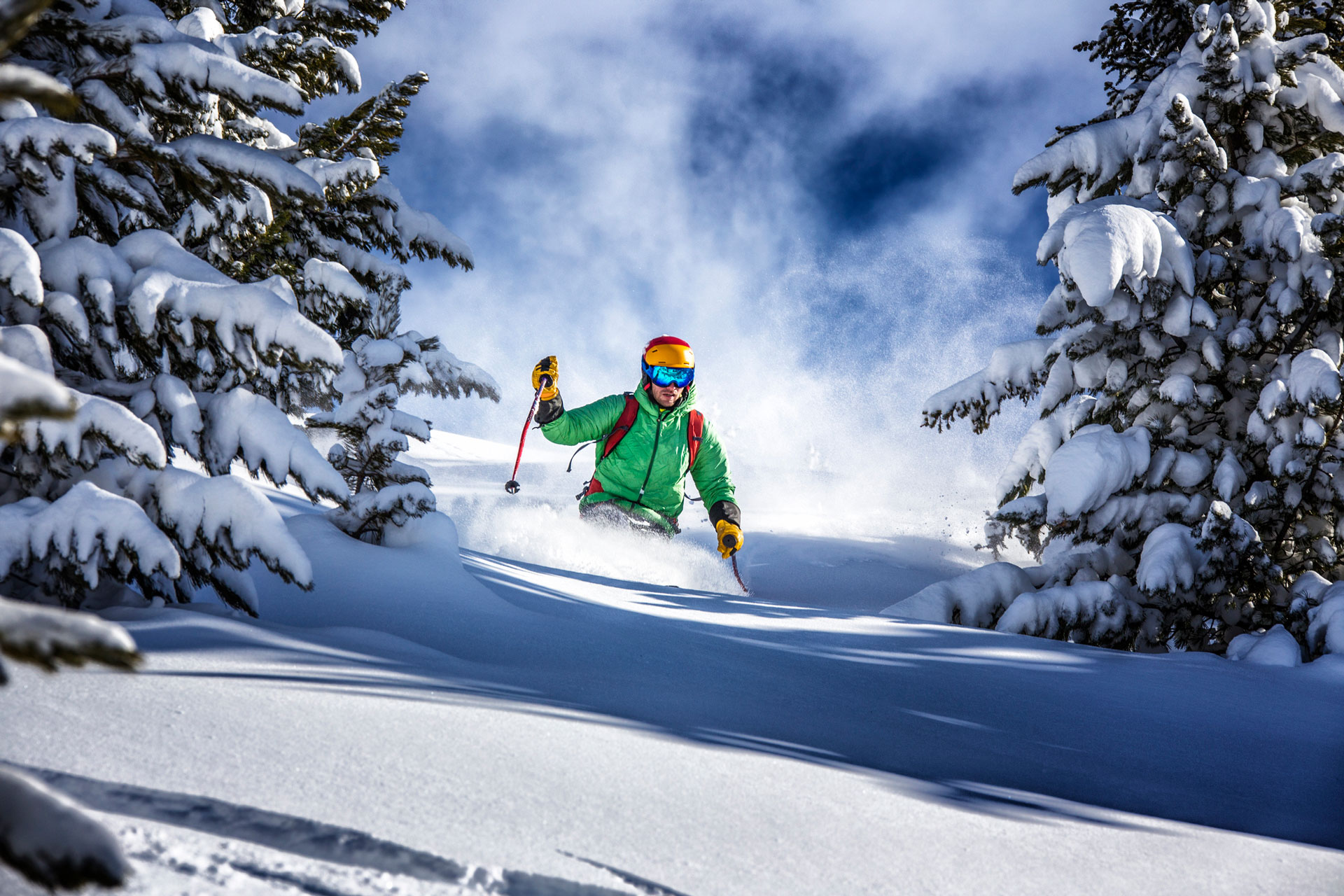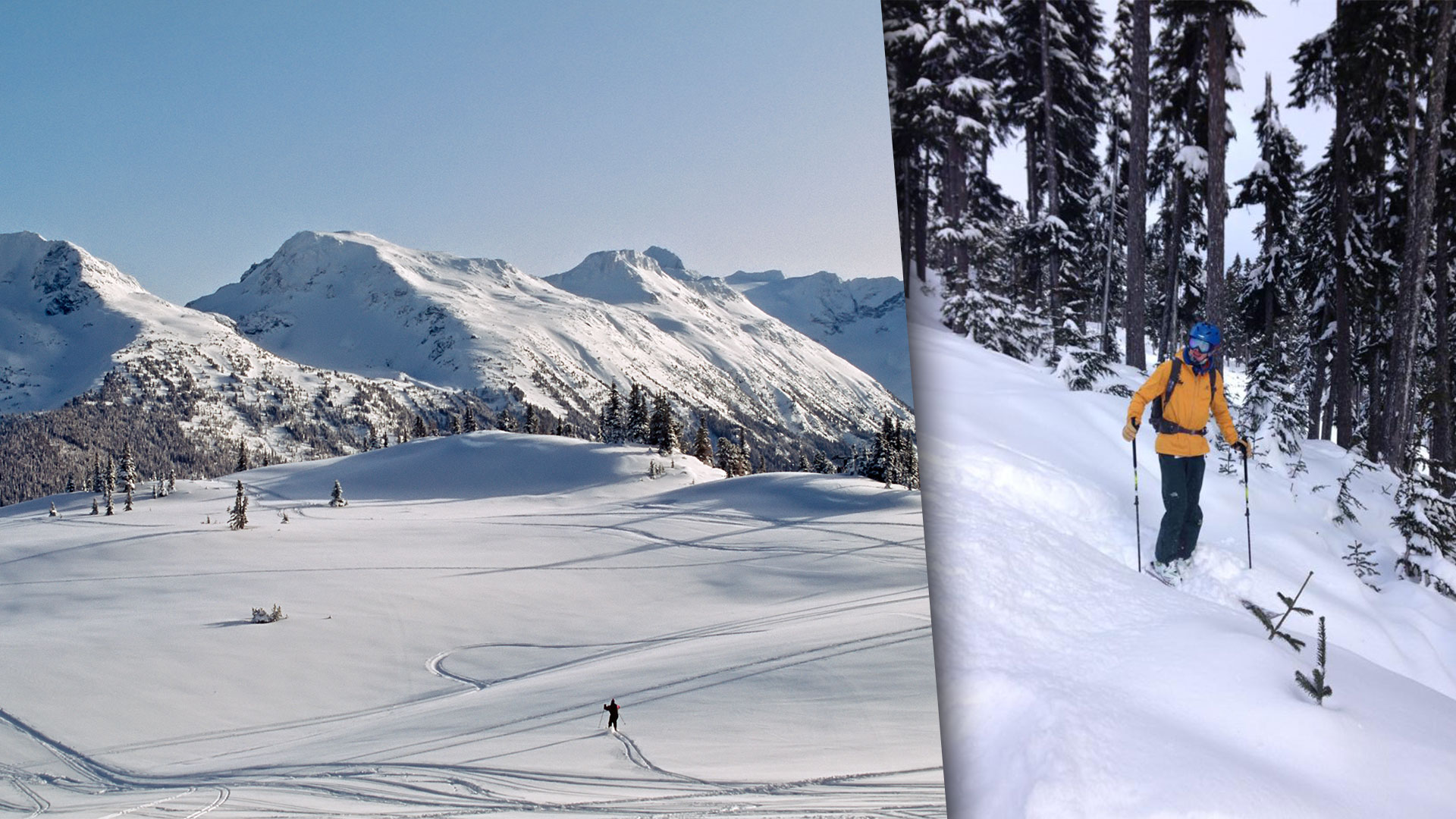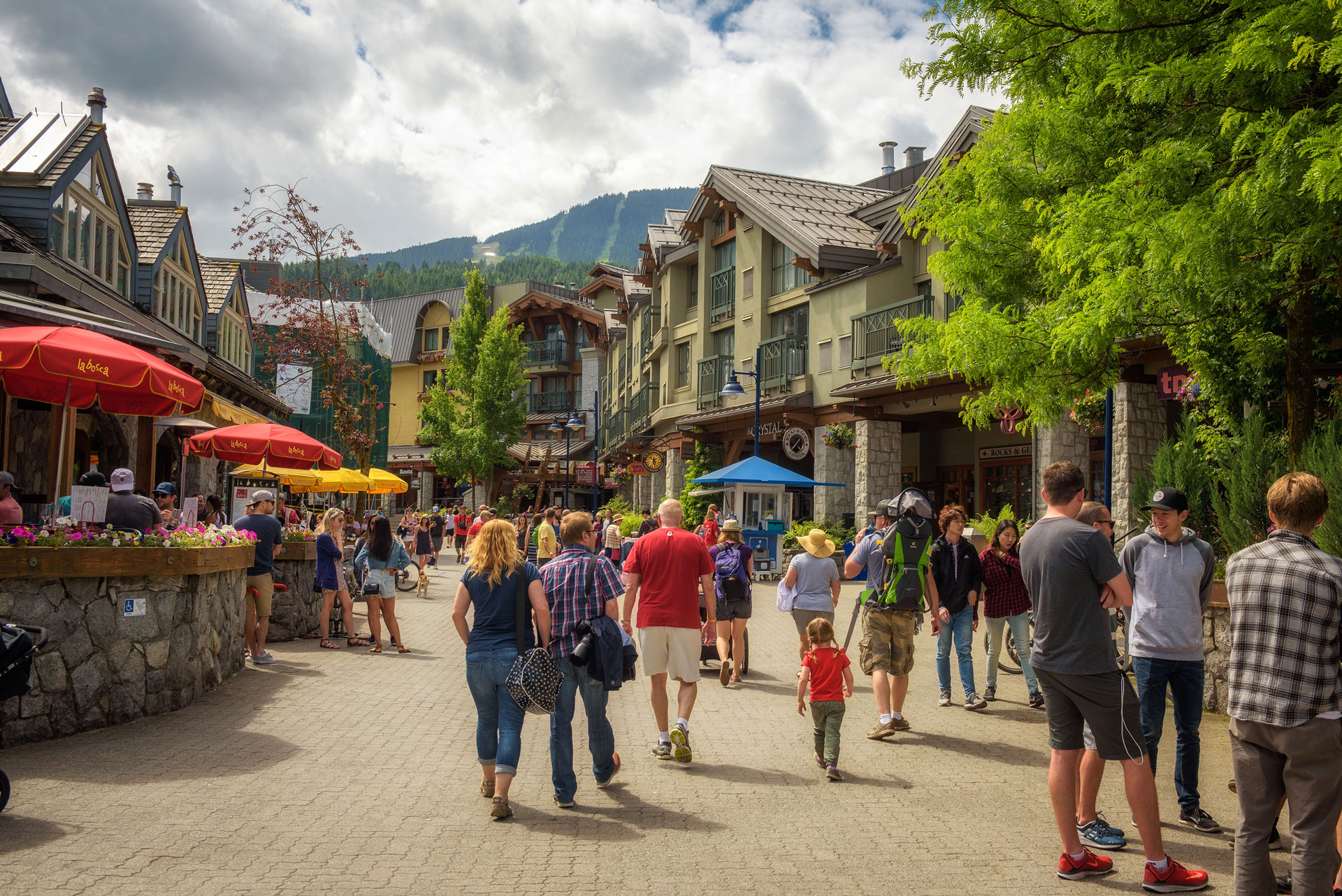Tim Hortons on tap and pretty much the only place where eating bacon and maple syrup on a pancake is acceptable. There are endless reasons as to why you should find some time to pay the wonderful people of Canada a visit – they’re easily one of the most welcoming countries out there (really helps if you’ve got some Scottish blood in you, mind). On top of this, they’ve got a pretty banging ski resort sitting within their crown jewel of skiing – British Columbia – and it’s just a two hour drive from Vancouver. It’s called Whistler and is, how do we put this, a pretty big deal.
The largest ski resort in North America (making it the largest outside of Europe), Whistler consists of two mountains linked together by a H-U-G-E gondola – the Peak to Peak. Although Whistler has some of the finest skiing in the the world, this mountain town isn’t just reserved for winter enthusiasts, it’s also one of the top mountain bike destinations out there.
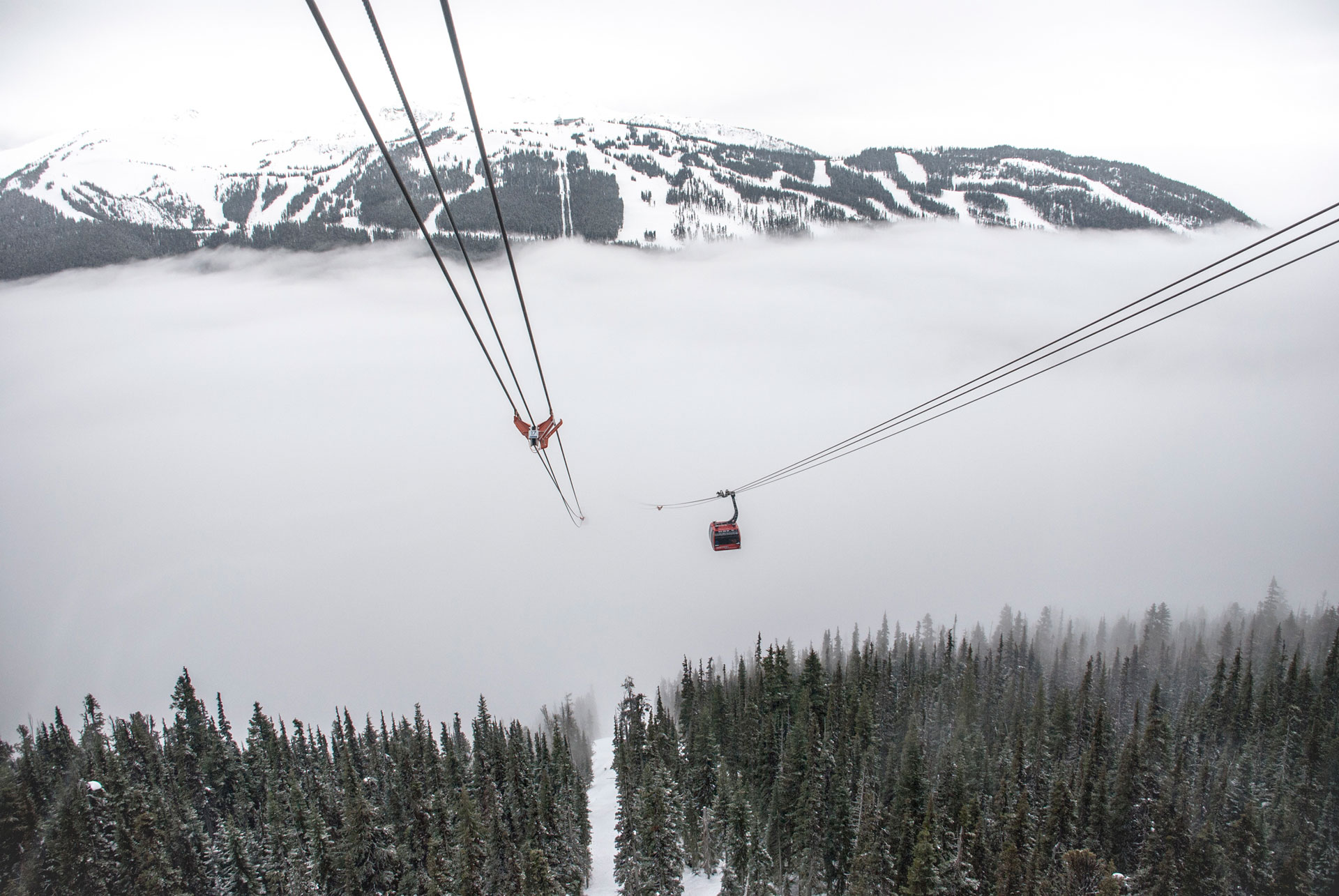
Once preserved for the Canadian locals, Whistler first became an internationally recognised resort twenty years ago, spurred by the news that it was to host the 2010 Olympic games. These hosting duties brought in huge amounts of cash, boosting lift infrastructure, shopping, hotel and restaurant conveniences, along with the area’s great après scene.
How To Get There
Getting over to Whistler can be quite tricky for those travelling from Europe. You can expect a ten hour flight from the UK to Vancouver, along with a two and a half hour road transfer from Vancouver to Whistler Village itself. Something else to consider is that you’re going to be crossing eight time zones along the way. Saying that, flights do come in cheap from London – £450 for a return – giving you more dollars to buy the locals a beer.
Things To Do In Whistler
There’s no two ways about it; your carbon footprint whilst enjoying the mountains can be pretty substantial particularly when you start to add on the amount of energy used to power ski resorts (we’re talking lift infrastructure, snow making and slope preparation), on top of the unavoidable carbon cost of travelling to said resort – unless of course, you fancy going full Greta and sailing across the pond.
We’re not going to sit here and dissuade you from going to this lovely place though. We just thought it was a nice lead-in to the fact that Whistler are doing their part to reduce your impact on the environment whilst out in the resort (something we can all get on board with). All of their power, you see, is generated from the Fitzsimmons River Hydro Project – sitting in the valley beneath the Peak to Peak gondola and producing as much energy as Whistler uses. It’s also nice to know that Whistler has won Canada’s Greenest Employers award ten years in a row. Chapeau.
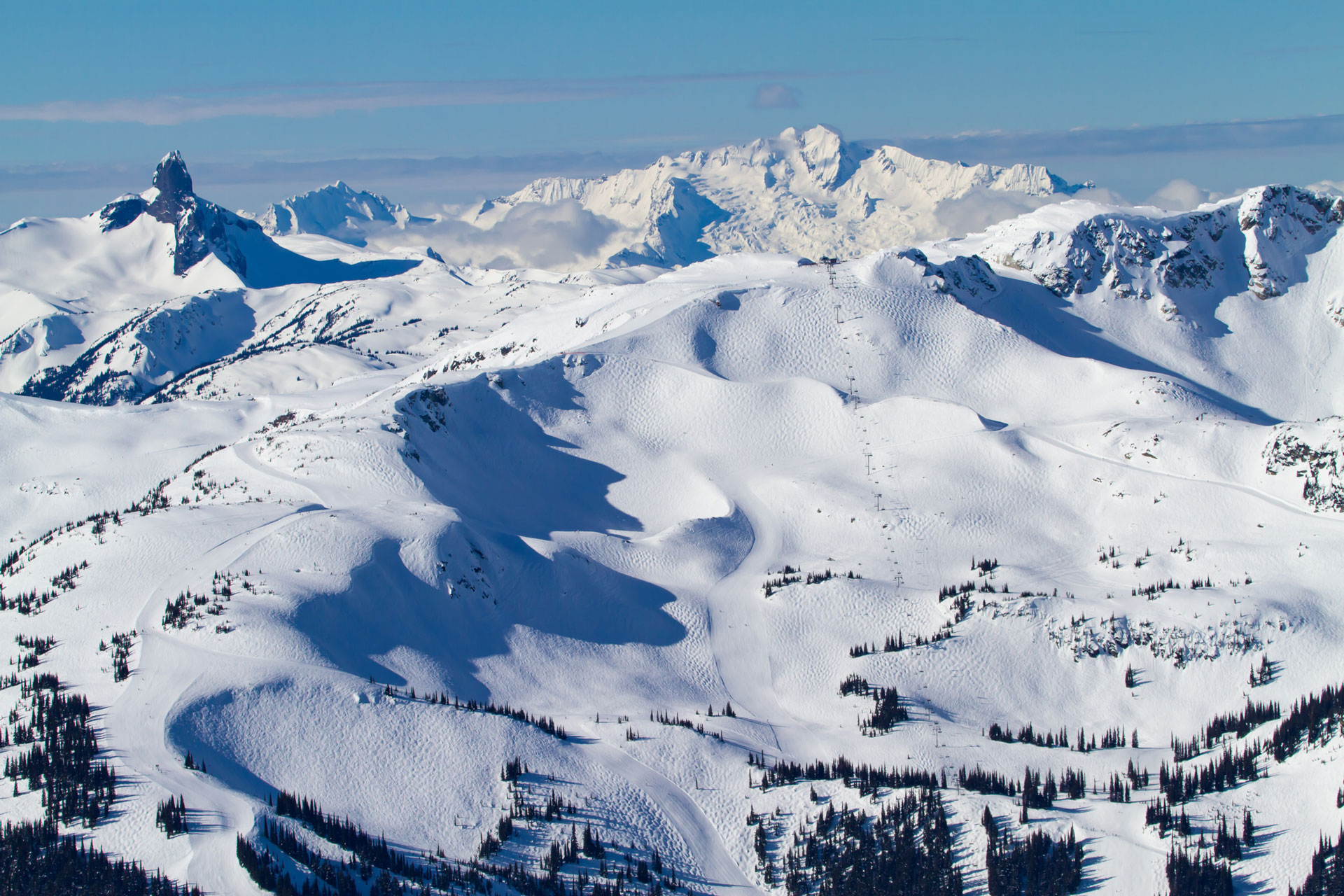
Similar to resorts such as Niseko, Whistler is also perched right next to the coast – in Whistler’s case, the Pacific Ocean. This proximity to the ocean means that storms roll through on an almost daily basis during the height of winter, these storms dump huge quantities of snow on the high alpine frontier that the Coast Mountain Range creates.

